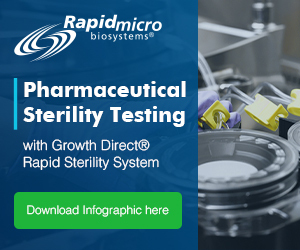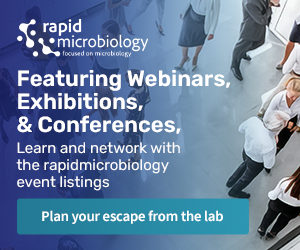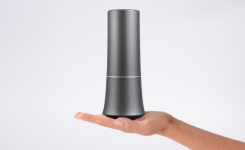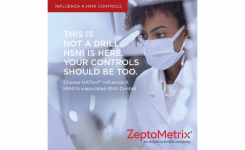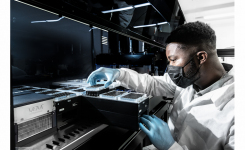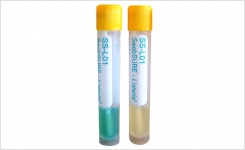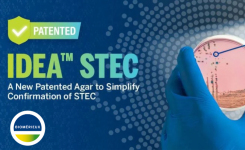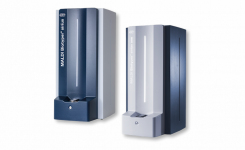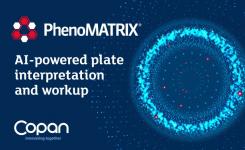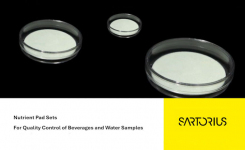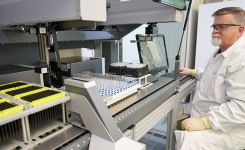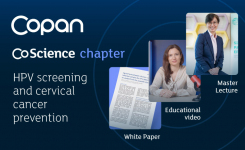Tb-color Modified Staining Kit for AFB by Hot Staining Method
go back to news archives| | The Tb-color modified staining set uses the classical Ziehl-Neelsen hot staining procedure with methylene blue counter-straining. Mycobacteria are difficult to stain because of the high proportion of lipid and wax in their cell walls. Up to now, in order to carry out the classical Ziehl-Neelsen stain, the test material had to be heated with carbol fuchsin solution to produce a mycolic acid fuchsin compound. Once stained, acid fast mycobacteria keep their colouring even after treatment with strong hydrochloric acid in ethanol (HCl-ethanol). They remain red after counterstaining with methylene blue, whereas the micro-organisms susceptible to acid take on the blue colour. |
| The method can be used for a wide range of sample material such as heat-fixed smears of sputum, FNAB, lavages, imprints, body fluids, exudates, puss, liquid, solid cultures and histological sections. It is essential that the sample material is fixed in the following way: Fixation is carried out over the flame of a Bunsen burner (2-3 times, avoiding excessive heating). It is also possible to fix the smears in an oven at 100-110°C for 20 min. Impairment of staining must be expected if a higher temperature or longer heating is employed. For mucus-rich sputum the following pre-treatment is helpful: Sputum should be pre-treated with Sputofluol® in order to free the mycobacteria from surrounding mucus. The active ingredient in Sputofluol® is hypochlorite, which oxidatively dissolves the organic material while for the greater part sparing the mycobacteria . In a centrifuge tube mix 1 part of the sample (at least 2 ml) with 3 parts of a 15% Sputofluol® solution prepared with distilled water, and leave to react for 10 min shaking vigorously from time to time. Centrifuge at 3000-4800 U/ min for 20 min, decant the supernatant, smear out the sediment allow to dry. Punction and lavage material, sediments are prepared as follows: After carrying out the appropriate enrichment measures smear out samples on the microscopic slides and allow to air dry. For histological sections - deparaffinize the sections in the typical manner and rehydrate in a descending alcohol series. Procedure on a staining rack: 1. Cover specimens completely with Tb-color modified carbol-fuchsin solution. Carefully heat 3 times from below with a Bunsen burner to steaming and keep hot for 5 min. Do not allow the stain to boil. 2. Wash with tap water until no further colour is given off. 3. Cover completely with Tb-color modified hydrochloric acid in ethanol and, depending on the thickness of the specimen, allow to stand for 15 - 30 sec. 4. Wash immediately with tap water 5. Counter-stain for 30 sec in Tb-color modified methylene blue solution or 1 min in diluted Tb-color modified solution(dilution:1+9 with dist. water). 6. Wash well with tap water 7. Dry Dehydrate histological specimens (ascending alcohol series), clear in xylene or Neo-Clear®) and mount with Entellan® new or Neo-Mount®. Result Acid fast bacteria are red Background is light blue For further information about the wide range of products available from Merck Millipore for Mycobacteria (AFB) detection, please contact Merck Millipore (see details above) or EMD Chemicals in the USA or click the More Information button below.
|
NOTE: This item is from our 'historic' database and
may contain information which is not up to date.
Source : Merck Millipore View Company Information
Posted on June 30, 2010



